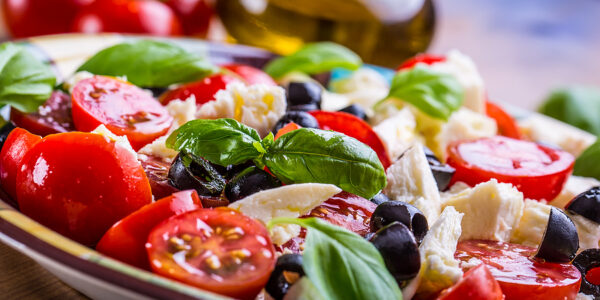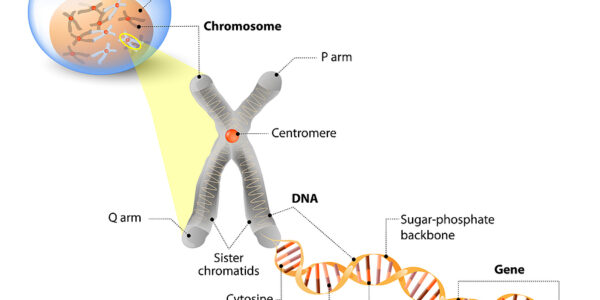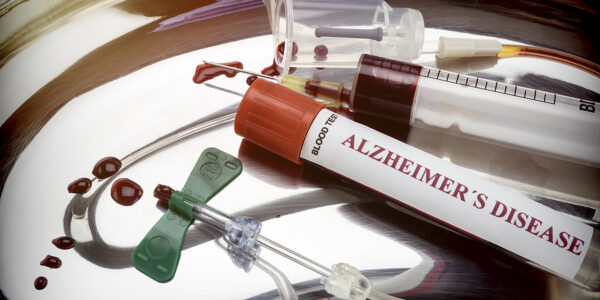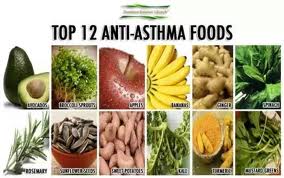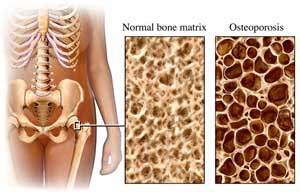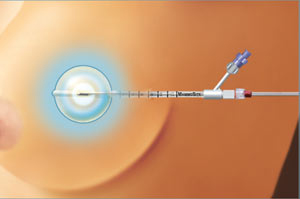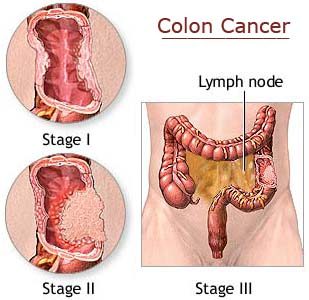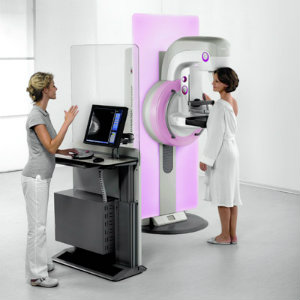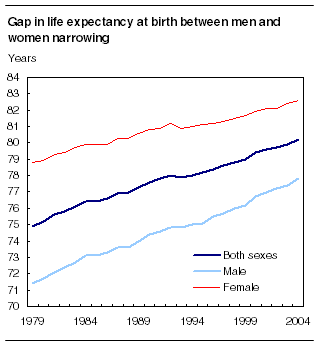High quality dietary data have made it possible for a research team in North Carolina to address how a diet rich in meat, salt, starches (=refined carbohydrate) and fat can have an impact on respiratory problems and asthma.
Stephanie London and her team examined the data of 52,535 people between the ages of 45 and 74 years of age. A baseline examination was started in 1993, and follow-ups were done in 1999. All of the participants lived in Singapore. After adjustments were made for age, gender, smoking and education. It was observed that dietary habits could make a difference to respiratory health. Two eating patterns emerged: one group gravitated towards dim sum, meat and noodle dishes, whereas the other group favored fruit, vegetables and soy products. The “meat and dim sum” group had a 1.43 times higher risk of developing breathing problem, new-onset cough and phlegm formation. There was also a link to chronic respiratory disease and asthma.
The researchers concluded also, that the habits observed in the Singapore study are very much in keeping with dietary habits in western countries, where one group consumes foods high in starch, fat, meat and sodium and a second group has a more health conscious approach preferring, vegetables, fruit, legumes, fish, poultry and whole grains.
As a result the same recommendations are applicable to in western countries: stick to food choices with a low glycemic index and skip the noodle dishes. Stay away from trans fats and limit the saturated fats, which means turning away from deep-fried foods and limiting meat intake. Choose fish, vegetables and legumes, and avoid the high sodium content, which is common in many premixed and prepared foods. If you are doing the cooking, go easy on salt, and ban the saltshaker from the dining table.
A lot has been said about good food habits and a reduction in cancers and heart disease. What is new is the fact that food habits also have an impact on the health of our respiratory system.
More on inflammation as a cause of arthritis, asthma, cardiovascular disease and cancer: http://nethealthbook.com/about/overview/
Reference: Am J Respir Crit Care Med 2005
Last edited October 29, 2014
